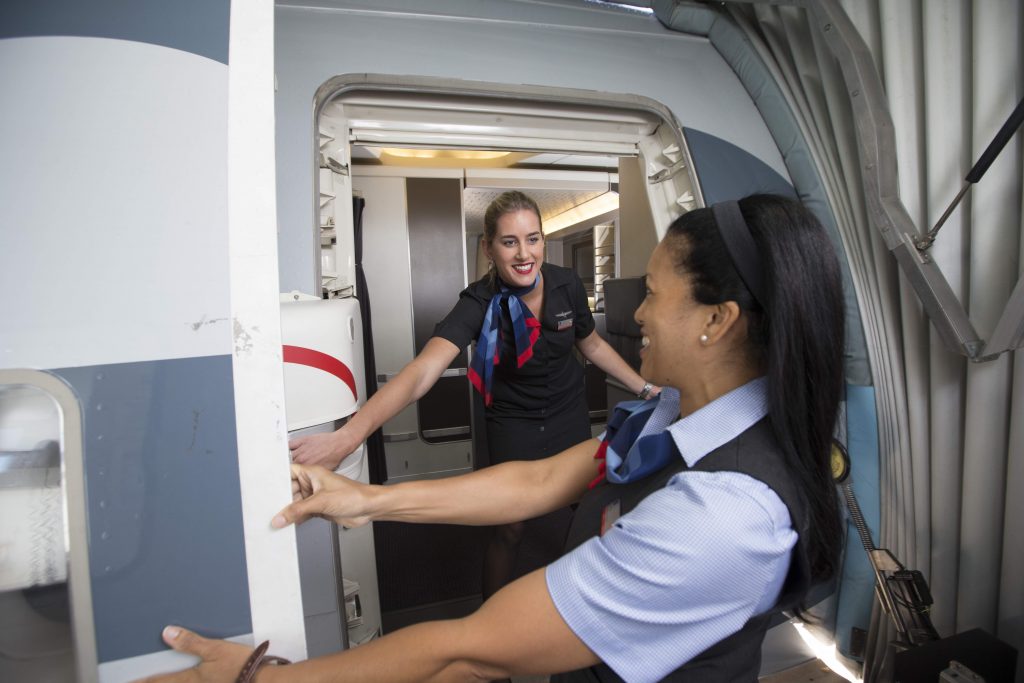
Once at the gate, the gate agent will get the pilots paper work printed. The pilot will then check their gate information and head to their aircraft. Many airports have separate lines for employees to help get the flight crews through quicker without the long waits most passengers might encounter. The following day begins with the hotel shuttle from the hotel to the airport where the pilots must go through the standard security. That does not include the time it takes to de board your final flight of the evening, powering off the airplane, walking through the airport to catch the hotel shuttle, driving time to the hotel and the time it takes to check in and get to your room. The FAA’s current rest requirement is 8 hours. They may not have gotten to their rooms until late at night and have a 6 am flight the following morning. Another common scenario might include the pilot working the maximum duty day allowance. The quality of rest can be very hit or miss. These guys and gals aren’t typically staying at the Hilton or a Ritz Carlton. Pilots are usually put into hotels the airline feels are affordable for their bottom line.

However, the quality of rest can be debatable. The pilot may have started a very early morning shift the day before which may have put him or her into their hotel before 6pm, giving them plenty of time to rest. What time did they arrive to their hotel? How much sleep did they get? That answer can be broken down on a few levels. The typical day of an airline pilot will usually start the night before. The duty time is the time a pilot is on the job and available to fly. The maximum duty day for a pilot can’t exceed 16 hours according to the FAA’s current rules. Many pilots work an average duty day of 13 hours. The reality is actually the complete opposite once you factor in the other components such as the amount of time the pilot might be sitting around the airport. Most people might assume, the airline pilot has it easy.
#LIFE OF DELTA PILOT PLUS#
Sure, that seems like a great deal considering most folks work on average of 40 plus hours per week which is 160 hours or more a month. The FAA rules state an airline pilot can fly up to 100 hours in a month and not exceed 8 hours of actual flying time within a 24 hour period. The higher their number, the better schedule they can get. Some may only fly a few times a month and some may fly as many as 4 to 5 days a week, depending on their seniority number within their company. Did you know your pilot is likely going through the same thing? The pilot’s schedule can be an extremely rigorous one.

They just go about their business of getting to the airport on time, getting through security and hoping to have a little time to grab themselves a vente white chocolate mocha from Starbucks. It’s not common for most passengers to question how their pilot’s day has started.


 0 kommentar(er)
0 kommentar(er)
